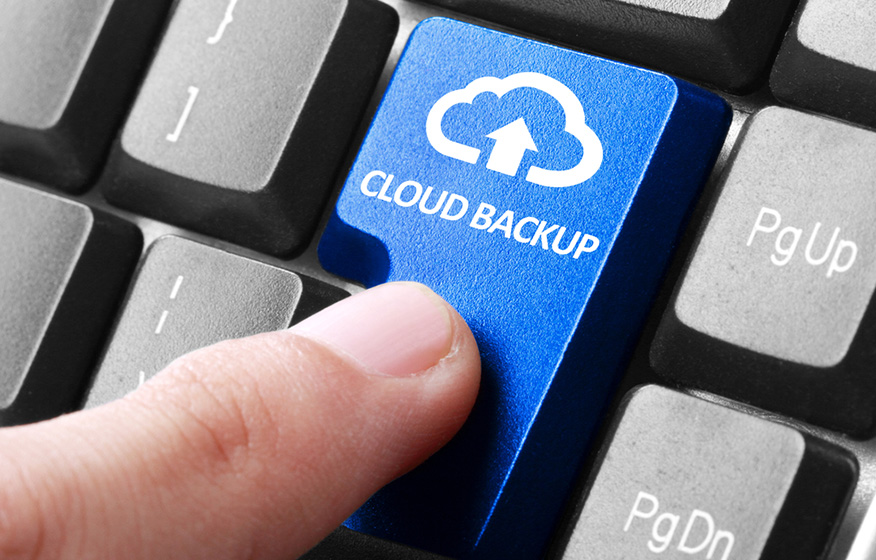It’s Great to Go Paperless – But Make Sure You Back Up

It’s one thing to go paperless, but it’s another thing to make sure your business can continue in the event of a disaster. If all of your documents are scanned onto hard drives in your office, but your office burns down, you missed an easy layup to continue operating uninterrupted.
One of the first attorney populations to start scanning their files were the New Orleans attorneys in the wake of Hurricane Katrina. They experienced firsthand the devastation of losing their original documents. But it’s not enough just to scan: An equally critical part is getting those digital files to a different geographic location.
Therefore, when you’re designing your paperless workflow, you need to think about business continuity and how you’re going to access your files in case something terrible happens. And since attorneys are really in the worst-case-scenario business to begin with, there’s no excuse to not anticipating disaster and coming up with a plan.
Here are three different approaches:
Use a dedicated cloud-based document management system.
These solutions abound in the marketplace. Dropbox, Box, OneDrive, Google Drive, ShareFile and many others compete in this space. Legal-specific ones include Worldox and NetDocuments, which are more sophisticated and include robust workflow and metadata support.
Save money by leveraging a cloud-based practice management program with built-in document storage.
Products such as Rocket Matter have document storage built in to their legal workflows. Typically, digital files stored in these applications can be shared with clients through portals. Additionally, you should be able to leverage document automation features (such as Rocket Matter’s document assembly) that allow you to quickly produce your standard documents.
Employ a straight-up digital backup storage device.
Services like Mozy, Crashplan, or Carbonite can monitor your folder structures and continually back up your files. If you want to mostly work with files inside your computer network and are looking for a passive backup, this might be the easiest way to do things. Keep in mind, storage is very cheap these days. It may be the most commoditized aspect of computing. You shouldn’t have to spend a lot of money for your business continuity plans.
Regardless of which approach you choose, consider the security standards and your comfort levels of your online backups. For instance, do you care if your cloud provider has encryption keys to your files? On the one hand, you might not want a 3rd party to be able to see your files under any circumstance. On the other hand, are you willing to take responsibility if you lose your password and can never retrieve your files? Just something to think about. However, the most important thing is that if you’re going to go paperless, you must back up your work. Period.
Share post:







